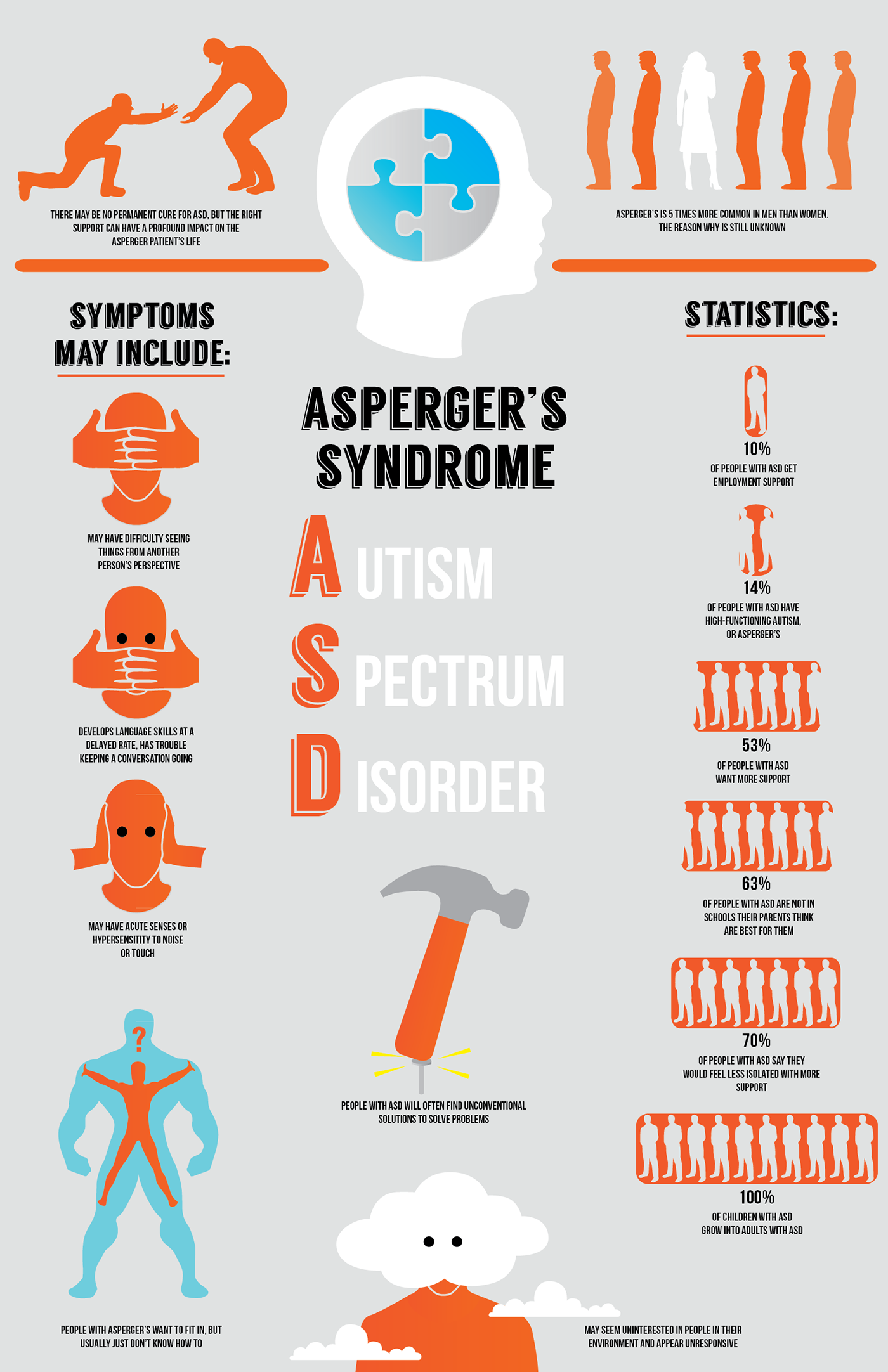What Are The Behavior Characteristics Epigenetics Of Children With Autism
These situations highlight the social hurdles lots of people with ASD face daily. Among the defining behavioral qualities of a child with autism is trouble with communication. This can manifest in a couple of different ways, including difficulties in language development and concerns with nonverbal interaction. However, reducing these behaviors in particular setups can result in troubles in self-regulation, sensory overload, fatigue, or fatigue [6] On the other end of the range, hyposensitivity is additionally usual in youngsters with autism. This can show up as a consistent need for activity, trouble acknowledging experiences like hunger or pain, and attraction to loud noises, intense lights, and lively shades.
At What Age Do Youngsters Reveal Indicators Of Autism?
Recognizing the behavioral qualities of youngsters with autism can help parents, caregivers, and professionals to better support these children. It's important to remember that each kid is distinct and might not display all these behaviors, or may present them to various levels. Identifying and valuing these distinctions is crucial in sustaining youngsters with autism. The list below provides some examples of common kinds of habits you may see in kids detected with website autism range disorder (ASD). Not all autistic children will certainly have all these behaviors, but a lot of will certainly have several of the actions listed below. Furthermore, some youngsters without ASD might show some of these actions.
Security Sites And Procedures
- School-age children (6-12 years) with ASD might fight with the social needs of the class.At the heart of ASD lie a number of core behavioral characteristics that, while usual, show differently in each person.Various other indications, such as prevalence proportions, ages at analysis or ASD medical diagnosis, and co-occurring intellectual handicap, were comparable utilizing both case definitions.For surveillance years 2018 and 2020, five of the 11 sites accumulated info on youngsters aged 16 years whose ASD instances were at first established by ADDM Network surveillance at age 8 years.
Understanding the underlying reasons for difficult behaviors is crucial. Factors like sensory sensitivities or shifts in routine can cause difficulties. Applying constant feedbacks without emotional responses is essential; maintaining a tranquil temperament motivates stability. Problem habits in children with autism often develop when they are overstimulated by their senses, making it challenging for them to regulate their activities. Any kind of unexpected or unannounced social event can cause your child with autism to present trouble actions. Assisting your child conquer issue habits might seem complicated, specifically if they display a number of challenging actions you want to alter.

It might additionally include useful skills for self-care and various other day-to-day jobs. The involvement of parents or primary caretakers is vital to include the therapy into the youngster's daily life NIDCD. Parents can strengthen the abilities found out throughout therapy sessions and give the required support and encouragement. It's important to note that displaying several of these signs does not instantly indicate a child has ASD. However, moms and dads or caregivers that notice these signs in their child should speak with a healthcare provider or a specialist in child development.
Some might discover convenience in stiff routines, while others flourish on spontaneity. The large diversity of autistic actions emphasizes the relevance of understanding and welcoming neurodiversity in our society. Some youngsters with autism range disorder have difficulty learning, and some have indicators of less than normal knowledge. Other youngsters with the condition have normal to high intelligence-- they learn swiftly, yet have difficulty connecting and using what they know in daily life and adapting to social circumstances. Lots of people with autism experience hypersensitivity to stimulations such as bright lights, specific light wavelengths, appears, smells, appearances, and preferences. This hypersensitivity can commonly result in sensory evasion habits such as pulling away from physical touch or covering ears to avoid loud noises [6] Repeated actions are an additional common characteristic of kids with autism. This might include body movements such as shaking, hand-flapping, or spinning, and behavior patterns like lining up toys, organizing items, and insistence on regimens. In some cases, high-functioning autistic youngsters might have just mild hold-ups in language development but have problem with engaging in conversations.
